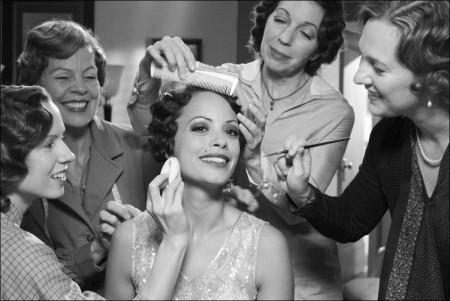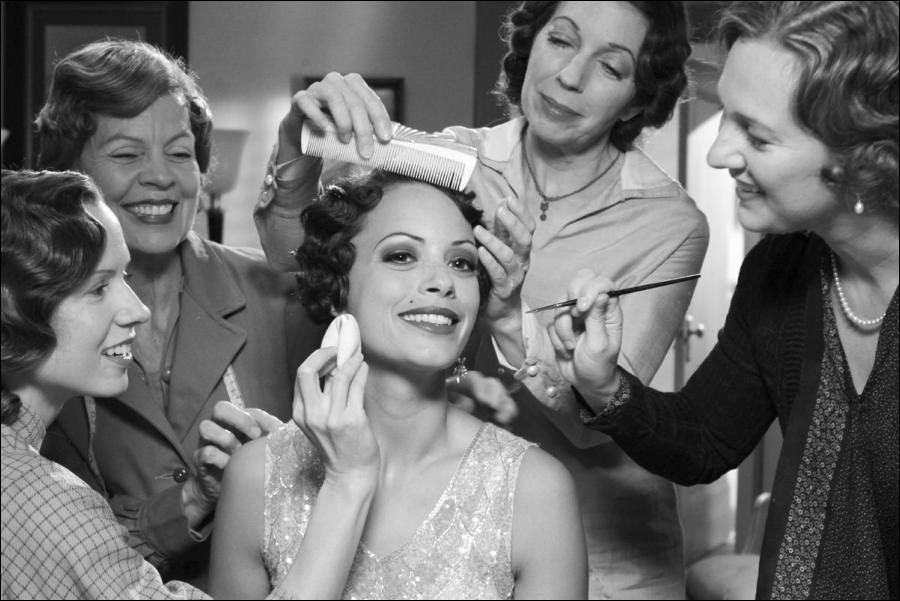So the motion picture in the 1920’s. But still further triumphs awaited this popular amusement which had so marvelously evolved from the vitascope of only three short decades earlier. In 1928 Warner Brothers released a new film — Al Jolson in The Jazz Singer. 37 Science had brought together sight and sound: here was the talkie. There had been several prior talking pictures, but the great success of The Jazz Singer marked the turning point.
Within a year their conquest of the silent film was complete. Sound effects were hurriedly inserted in such films as could not be made over, vocal numbers were added when possible, and all-dialogue pictures produced as quickly as the necessary equipment could be obtained. As theatres throughout the country were wired for sound, the talkies whipped up popular appetite for the movies as never before. The industry’s annual receipts rose between 1927 and 1929 to the tremendous total of a billion dollars, and weekly attendance jumped to an estimated 110,000,000 — the equivalent of four-fifths of the entire population going to a show once a week throughout the entire year.
The depression brought about a drastic decline in these figures as forced economies curtailed all private spending. For a time theatre managers had to watch steadily dwindling audiences, and the industry was almost overwhelmed by its wildly extravagant superstructure of fabulous salaries and expensive production costs. In a frantic attempt to attract greater patronage, the bars were let down on the sex-drama type of picture, double features were inaugurated, and many houses resorted to bank nights and money games — screeno, lucky numbers, and bingo. These enticing lures, combined with partial recovery from the depression, finally succeeded in reversing the downward trend in admissions. In 1935 weekly attendance at the eighteen thousand theatres that had weathered the storm was estimated at 77,000,000, two years later it had risen to 88,000,000, and by the close of the decade it was again approaching the 100,000,000 mark.
Few Americans understood the economic causes of the Crash, but there was a widespread view that the Depression was a result not so much of the unstable economic expansion of the Jazz Age as of its hedonism. The movies themselves participated in this anxious reexamination of recent history, but often in a way that rendered them more liable to moral condemnation.
Continue Reading at Popular Culture >>
Views: 377





